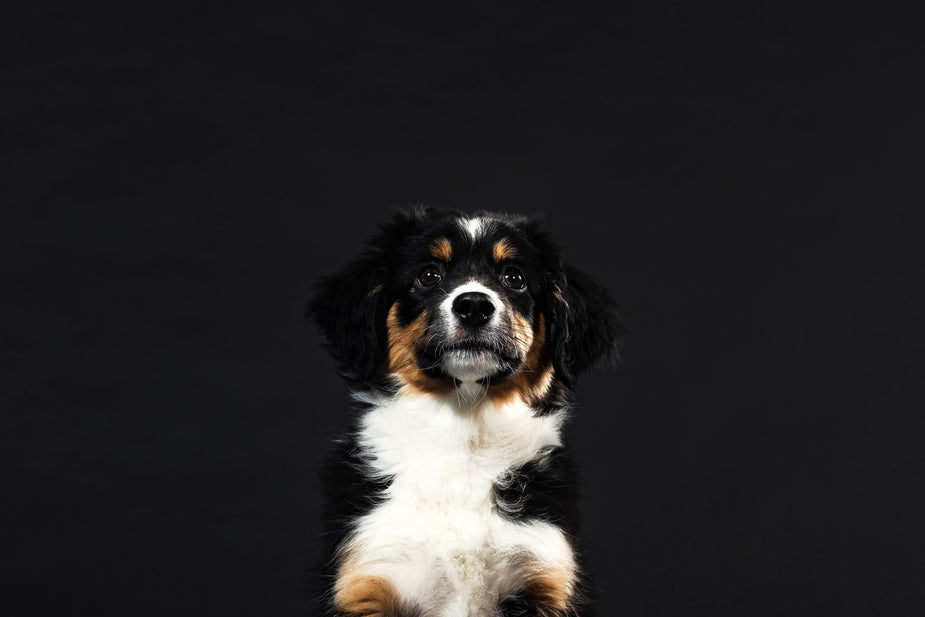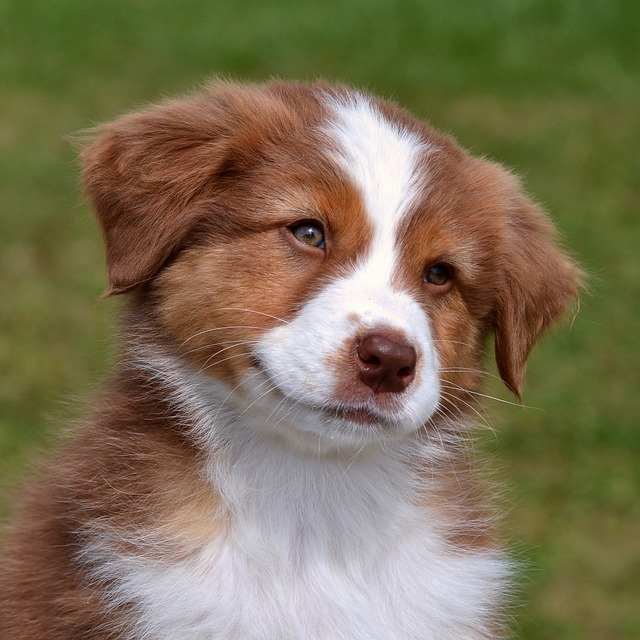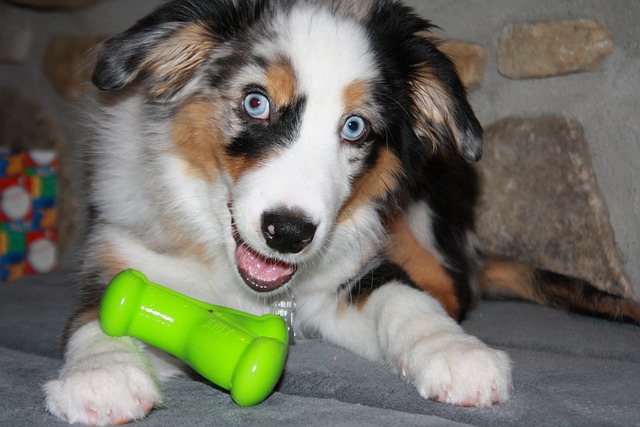Welcome to the wonderful world of puppy parenting! As owner of a new pup, you’re probably already head over heels in love with your furry little bundle of joy.
But, before you get too lost in all the cute puppy snuggles and playful antics, there’s one important step you need to take to ensure your pup’s safety and well-being. This is how-to puppy-proof your home.
Don’t worry, it’s not as big of task as it sounds! Actually, it’s really a lot like baby-proofing, but with added elements of chew toys, squeaky balls, and the occasional muddy paw print.
So, grab a notepad and let’s get started on making sure your home is a safe and happy place for your new pup to grow and thrive.
What is Puppy-Proofing?
Puppy-proofing is an important step for any new puppy owner. It involves taking measures to ensure that both the home and yard are free from potential hazards that could injure your pup.
It’s much like baby-proofing a house, as puppies are just beginning to learn about the world and may not recognize the danger in certain objects.
Therefore, it’s up to you to secure electrical cords, keep cleaning supplies and medications out of reach, close the toilet lid, close all doors and windows, and remove any items that could become a choking hazard.
“As a veterinarian, I cannot stress enough the importance of puppy-proofing your home. Taking the necessary measures to ensure a safe environment for your new pup not only prevents injuries but also allows for a healthier and happier pet.”

How do I Start Puppy-Proofing my Home?
The best way to get started with puppy-proofing your home is to take an inventory of all potential hazards and make sure they are secured as necessary.
Secure any electrical cords that could present a shock hazard, store cleaning supplies and medications away from where your pup can access them, and make sure all doors and windows are closed so your pup can’t wander outside.
Additionally, check for any small items that may become a choking hazard, such as paper clips, coins, rubber bands, jewelry and small children’s toys, and be sure to keep them out of reach. Pretty much anything small enough to put in their mouths – they will find a way.
Finally, be mindful of any sharp objects that may cause injury to your pup.

What Safety Measures Should I Take in my Yard?
When puppy-proofing your yard, make sure to check for any items that could potentially become a hazard. This includes small objects lying around, pool chemicals or other hazardous materials, and even plants or trees that may be poisonous to your pup.
Additionally, make sure that any outdoor structures, such as decks, porches, or balconies, are safely secured so that your pup can’t accidentally slip through the cracks or steps.
Still to this day I keep my Aussie’s on a harness when they are loose in the yard. I’ve tried a lot of different ones, but this harness off of Amazon has proven itself against squirrels and mail men alike.
How Can I Protect my Puppy from Injuries?
As the puppy-proofing process is completed, the next step is to stay alert to any potential dangers that may arise. Remember to maintain a “puppy-proofing mindset” so you can stay ahead of any problems before they occur.
Additionally, you can protect your puppy from potential injuries by supervising your pup as they explore their new surroundings.
This will both help avoid accidents and also show appropriate behaviors when introducing your pup to new objects, people and animals.

Puppy-Proofing Your Home and Yard
Puppy-proofing your home and yard is a necessary part of bringing a new puppy into your family. It involves taking extra precautions to ensure that both your house and yard are safe environments for your pup.
Start by securing electrical cords, keeping cleaning supplies and medications out of reach, closing the toilet lid and all windows and doors, and removing any small items such as paper clips, coins, rubber bands, jewelry and small children’s toys. When puppy-proofing your yard, check for any items that could potentially become a hazard and secure any outdoor structures.
After your initial puppy-proofing, maintain a “puppy-proofing mindset” so you can stay alert to, and ahead of, any potential problems before they arise.
Be sure to supervise your pup as they explore their new surroundings to avoid any potential accidents and encourage appropriate behaviors. Training begins at a VERY early age. The more you work with them, the better the outcome will be when they reach adolescence.
By the way, if you’re trying to train an Aussie puppy, I wrote an article that can definitely help you get started. I encourage you to take a look if you’re wondering how to make sense of it all!

Final Thoughts
Puppy-proofing your home and yard is essential for ensuring the safety and well-being of your new furry buddy.
Take the time to secure electrical cords, store cleaning supplies and medications out of reach. Close all doors and windows, and remove any potential choking hazards. You can create a safe environment for your pup to explore and learn.
When puppy-proofing your yard, make sure to check for any hazardous materials or poisonous plants. Check to make sure everything in the yard is sturdy so nothing can fall on the little fella and secure any outdoor structures.
And finally, by maintaining a “puppy-proofing mindset” and supervising your pup as they explore their new surroundings, you can stay alert to potential dangers and avoid accidents. With these steps in place, you can rest easy knowing that your pup is safe and secure in their new home.


